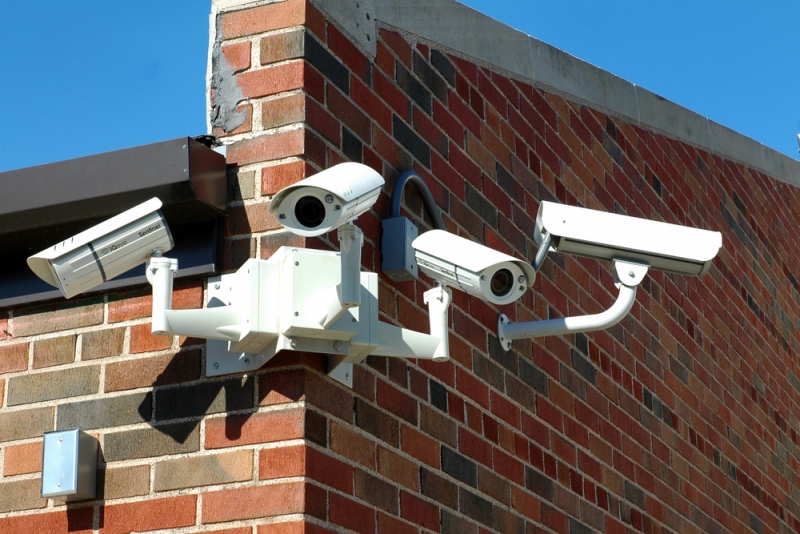Twenty-five years ago, when emergencies occurred on school campuses, it was difficult to reach every student instantaneously. Society was still reliant on relatively few phones attached to landlines in fixed locations, and the only way to get a message out quickly was through an intercom system that may not reach students outside.
These days, students and staff typically have a mobile device in their possession throughout the day, and security monitoring systems have advanced exponentially since the first two public security cameras were set up in Trafalgar Square, London, in 1960. Technology evolves at lightning speed and some projects become obsolete within months of implementation, so it’s important to stay on top of the latest developments. Here are three current ways technology makes schools safer.
Military Technology Gives Administrators the Big Picture
Planning activities, assessing risks, and having real-time information at your fingertips used to be possible only for military and intelligence agencies, but these days school administrators set up their own central command to respond to unfolding emergencies almost instantaneously. It seems like an overwhelming task to monitor, assess, and predict threats on campus buildings and grounds which contain thousands of students, staff, and other personnel, but there are services like Alpha Recon that provide school security system software that makes this task manageable.
Mobile Apps Provide Real-Time Status Updates
In addition to the connected benefits of a campus-wide school security system, there are several different mobile apps that enable real-time threat reporting that augments your system and give students and staff alike peace of mind while out on the grounds. Having a central command system behind the scenes is increasingly important, but giving students and staff a feeling of empowerment and involvement in the process is also crucial in the actual and perceived level of safety on campus.
These apps provide services ranging from silent “panic buttons” similar to silent alarms that have been employed by banks for years, to apps that push out emergency alerts to all users and give them options to check-in or report their status. Other apps initiate phone calls or text messages back to the user to help them get out of uncomfortable situations or provide local or campus police with GPS coordinates to help first responders get to the scene more quickly.
Surveillance Technology from the Ground Up

Surveillance cameras have gone from relatively low-resolution, fixed devices to extremely high-resolution, swiveling, mobile, or rapidly-deployable technology over the last 10 to 15 years. The rise of drone technology and the increased access to satellite technology and internet data hosting has also been a major boon to the surveillance industry, allowing for unprecedented monitoring abilities. The technology has developed so rapidly that the legal structure enabling its use has a difficult time keeping up with the reality on the ground, but careful employment of this technology can help your team quickly gather needed information and pass that information along to first responders.
There are other innovative technologies besides cameras to help quickly locate the source of trouble, such as shooter detection systems that use acoustic feedback embedding in the walls to pinpoint the source of gunfire inside buildings. Some of the world’s finest minds and engineers are designing a host of creative and analytical technologies to keep you, your students and staff safe. Stay tuned to this trend to find technologies that can work for your school’s budget.
